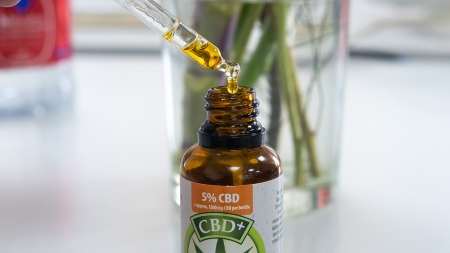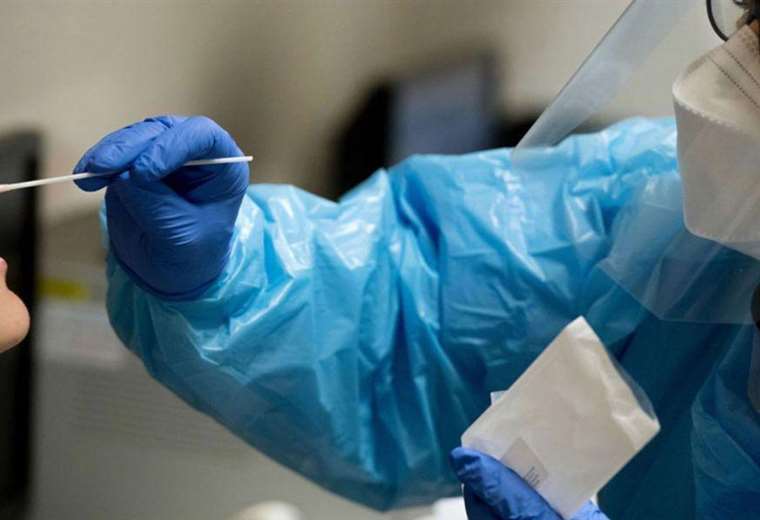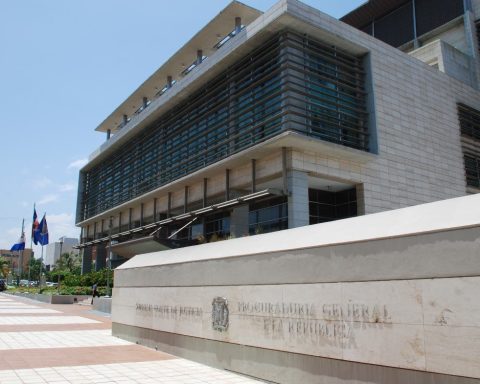Specialists and businessmen highlighted this Saturday the “great potential” of the cannabis and hemp industry but they warned about the need for greater clarity in terms of regulations to increase investment and business development.
According to projections from a study by the economist Andrés López published by the Center for Production Studies (CEP XXI), The medicinal use of cannabis alone would generate US$450 million a year in the domestic market.
If, in addition to medicinal use, the industry expanded to other segments, could reach US$ 1,000 million in exports in the accumulated period of 10 years, according to estimates by the president of the Chamber of Cannabis (Argencann), Pablo Fazio.
The cannabis market in the country is taking its first steps, although in recent times there have been different milestones that mark a path of growth. Indeed, based on the medical cannabis law enacted in 2017, the Jujuy state company Cannava was created the following year, an industrial processing plant authorized by Anmat.
important advances
In May of this year there was another important advance, with the sanction of Law 27,699 of Medicinal Cannabis and Industrial Hemp that obtained in Deputies 155 affirmative votes, 56 negative and 19 abstentions.
The standard established the regulatory framework for the development of the industry, “covering the national production and marketing chain or for export purposes of the cannabis plant, its seeds and its derivative products for medicinal use, including scientific research and industrial use, thus promoting the national development of the sectoral production chain”.
A document from the Center for Production Studies (CEP XXI) estimated that the sector in Argentina could generate a business of at least US$ 450 million per year considering only the domestic market and its medicinal use.
In dialogue with Télam, one of the authors of the report, the director of the Interdisciplinary Institute of Political Economy (IIEP) of the UBA and the Conicet, Andrés López assured that, in addition to medicinal use, there are other potentials “such as oil for human food use based on the seeds; for cosmetics and well-being through soaps and creams. In addition, the old textile use of hemp could be revived. Or the use of cannabis as a flavoring for beverages, weed, beers.”
As a complement, “It is an industry that requires many service providers because you need a lot of people to certify that what you are doing complies with safety, health and composition regulations. That would create a very interesting service industry that could also be a relevant exporter. Testing and analysis services, it is a world that can be expanded,” López explained.
Export potential
Regarding external sales, the specialist pointed out that the industry sees Latin America as “a very interesting potential market for the export of products (medicinal or not)”.
In terms of employment, meanwhile, the business is intensive in its primary and industrial stages. Some estimates provided officially at the time of the enactment of the law reported a potential generation of 10,000 jobs.
“This is just starting,” López clarified, and warned that “to the extent that we enter this market sooner and generate capabilitieswe are going to have more competitive advantages” with respect to the rest of the countries.
According to data from a study by the Ministry of Industry and Productive Development, There are already more than fifty nations that have advanced in the regulation to legalize cannabis for industrial or medicinal use. At the regional level, Uruguay and Colombia stand out as the most advanced.
In this sense, the economist specified that “Colombia has somewhat developed industrial capacities, but Uruguay is very small and does not stand out there. Argentina could advantageously compete against them, perhaps not in the production of raw materials but in the manufacture of derivatives”.

From the private sector, Pablo Fazio, head of Argencann, told Télam that Little progress has been made since the law was enacted. although in recent weeks there have been movements and we are waiting for a strong governing body to be created to order the development of the industry, hand in hand with a strategic plan”.
Fazio explained that private investors await regulatory definitions that clearly set the horizons of the business. For example, if the use of cannabinoids in food or the incorporation of hemp in the Argentine food code will be enabled.
“The reality is that each of these decisions will trigger the possibility of generating an aggregate demand and based on that the industry is going to plan investments. First show me the conditions under which we are going to be able to participate and compete in this market and then I will take risks,” said the businessman, asking the State to “advance boldly on this agenda.”
✔️ These are some of the most relevant ideas from LIVE with Sebastián Basalo @sebasbasalo, Director of THC Magazine @revistathc and Expocannabis Organizer @expocannabisarg.
? Moderator: Martin Acuña from MACCU @maccuclub
Thanks for participating!
#420 #hemp pic.twitter.com/6LDcOFM7U0
— Argentine Chamber of Cannabis (@ArgenCann) October 28, 2022
In export matters, the leader estimated that in the accumulated ten years, at least US$ 1,000 million could be reached, as long as “we can advance in the sale of derivatives, veterinary, cosmetic, medicinal products, hemp grains and fiber, cane flour or protein, food oil.”
In this sense, Fazio assured that Argentina can be very competitive at a global level, since “We are one of the main agricultural powers on the planet, we are an agro-industrial country and that it also has a very powerful pharmaceutical industry. And we’re talking about an agenda that has to do with exactly that.”
















